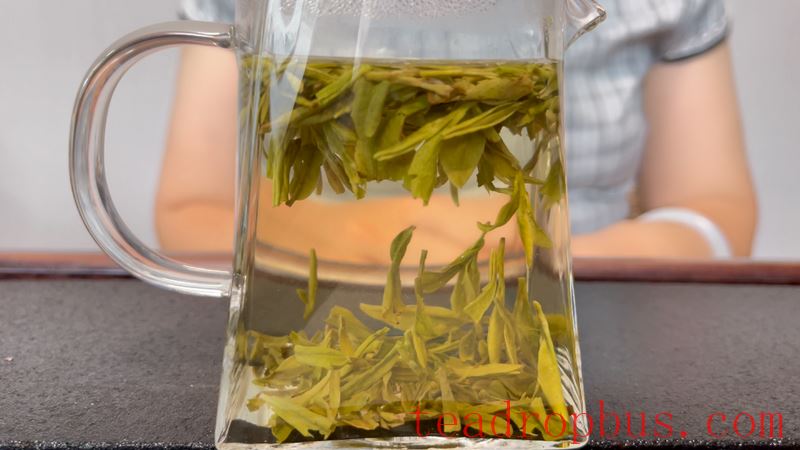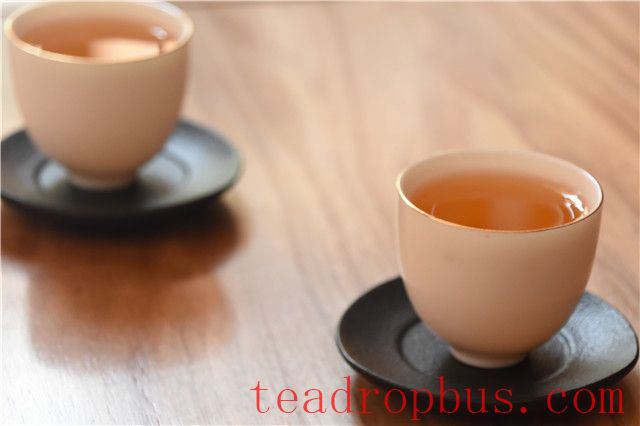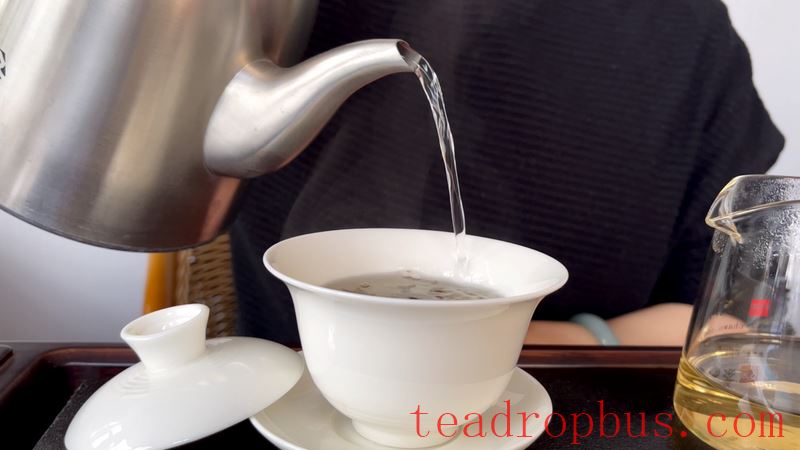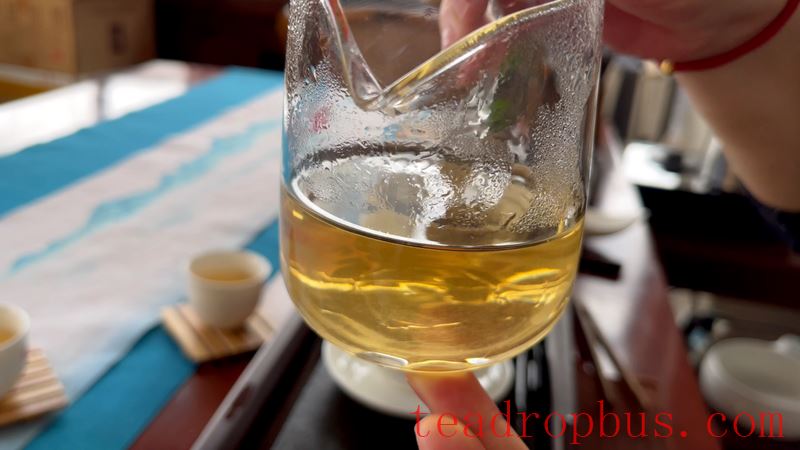Rinsing tea is a science. It is done to wash away impurities and dust from the surface of the tea, ensuring its pure flavor. As far back as the days of point-tea brewing, ancient people recognized the benefits of rinsing tea. After being baptized by boiling water, the substances in the tea are fully released, enhancing the taste of the first cup. However, among the six major types of tea—Black Tea, white tea, red tea (which is known as black tea in the West), Oolong Tea, green tea, and yellow tea—some do indeed require rinsing, while others do not need to be rinsed with boiling water before drinking. Whether to rinse tea or not depends on the type and quality of the tea. Neither skipping the rinse nor blindly rinsing all teas is ideal; it's important to treat each tea according to its characteristics.

Should the Six Types of Tea Be Rinsed? How to Rinse?
1. Green Tea
Green tea loses its flavor after two or three infusions. Since it contains fewer impurities, a rinse with warm water is sufficient. High-quality green teas, particularly those with fine and tender leaves, have a superior grade and are clean, so they don't require a rinse because they don't withstand multiple infusions well.
2. Oolong Tea
Oolong tea typically requires only one rinse, which also serves to awaken the tea, preserving its aroma and flavor. When brewing oolong tea, pour water along the edge of the cup rather than directly onto the leaves, which helps prevent any bitterness.

3. Red Tea (Black Tea)
Red tea (black tea) has fine and tender leaves and a gentle nature, so the first infusion can be retained. During the rolling process, the juice of the red tea adheres to the surface of the dry leaves. These juices contain nutrients that dissolve into the first infusion, making it rich in nutrients and not overly strong.
4. Dark Tea (Pu'er Tea)
Dark tea is compressed, so it needs to be rinsed, which also awakens the tea. When brewing dark tea or Pu'er tea in a lidded bowl, pour water along the edge without directly hitting the leaves. Circular or spiral pouring methods are acceptable. For the first rinse, quickly pour out the liquid, controlling the water temperature at 93°C. If using loose leaf tea, the water temperature should be around 90°C.
From the second infusion onwards, you can drink normally. Allow the tea to steep for about 10 seconds in the second and third infusions, gradually increasing the steeping time for subsequent infusions. Key elements to control include the amount of tea used, water temperature, angle and speed of pouring, and the steeping time. Rinse the tea twice before brewing.

5. Yellow Tea
Yellow tea is a lightly Fermented tea and does not need to be rinsed.
The buds of yellow tea are delicate and should not be brewed with high temperatures. Use a glass cup or a lidded bowl when brewing Junshan Silver Needle.
When brewing yellow tea in a lidded bowl, add an appropriate amount of yellow tea to the cup and pour hot water clockwise in a spiral motion. The quantity of tea should be about one-fifth of the capacity of the cup, and the water temperature should be controlled around 85°C. Remember not to cover the tea during brewing, as this could result in a bitter taste.

6. White Tea
White tea is made from fresh and tender leaves. In the first infusion, the essence of the tea remains in the water. If the first infusion is discarded, subsequent infusions will be very light. Moreover, the production process of high-quality white tea is meticulous, leaving the tea clean and ready for direct brewing. Therefore, there is no need to rinse white tea.
There is no uniform standard for rinsing tea, and it largely depends on personal preference. However, it's important to note that different types of tea require different rinsing techniques and methods, such as the water temperature and the timing of the first pour.